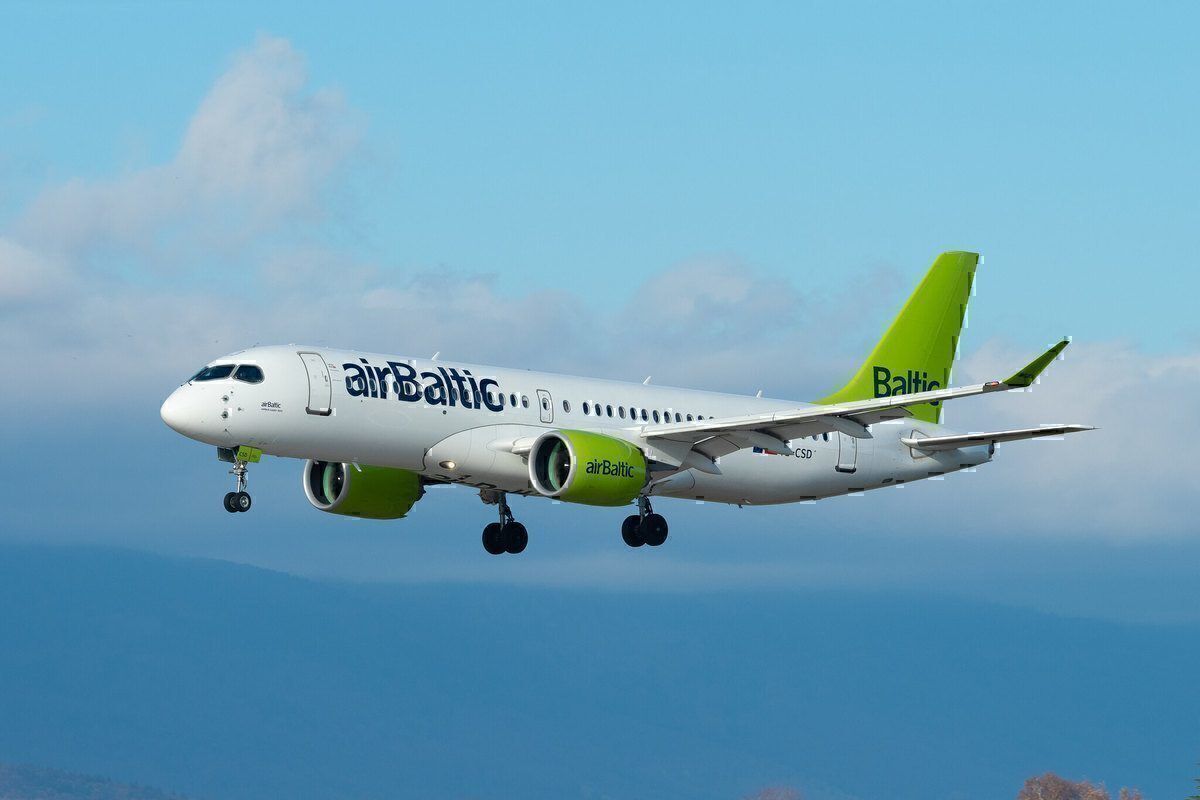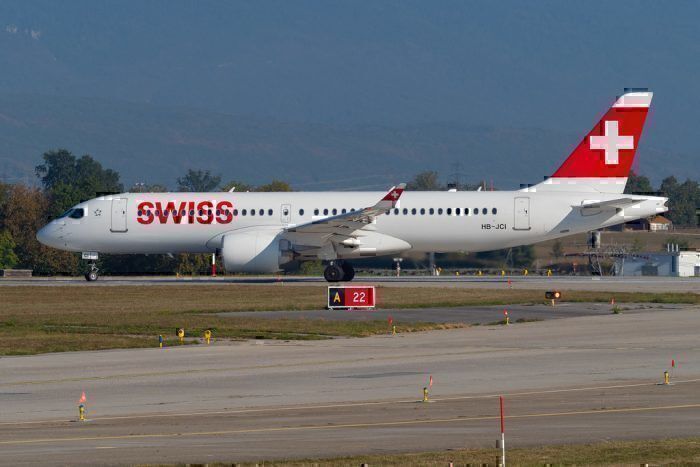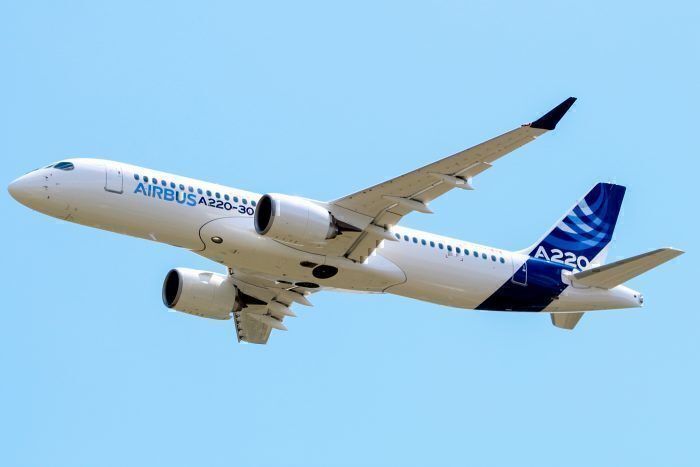Pratt & Whitney is reducing the life limits on PW1500G geared turbofan (GTF) engines after finding excessive corrosion during a routine overhaul. On May 31st, the US Federal Aviation Administration published a "notice of proposed rulemaking (NPRM)" which included details on the new life limits. The PW1500G is used on the Airbus A220 aircraft, affecting the 72 already in use by airlines around the world. To date more than 500 A220s have been ordered.
The official notice
Available online via the Federal Register - the daily journal of the US Government - the FAA directive reads as follows:
"This proposed AD was prompted by corrosion found on the high-pressure compressor (HPC) front hub, which could result in certain HPC front hubs cracking before reaching their published life limit...This condition, if not addressed, could result in uncontained HPC front hub release, damage to the engine, and damage to the airplane."
The notice makes an invitation for readers of the notice to submit all relevant "data, views and arguments" regarding the issue. The FAA must receive comments on this proposed airworthiness directive (AD) by July 15, 2019.
While the FAA only has jurisdiction over United States civil aviation, it still remains a significant international authority and has influence over the decisions of other aviation regulators. As such, this life-limit reduction will likely be adopted by other regulators around the world.
Geared-Turbofan growing pains
The Pratt & Whitney Geared-Turbofan (GTF) line of engines have achieved much in recent years. They are a quieter and more efficient upgrade for jet airliners, allowing for more range and lower fuel consumption. In fact, Business Insider calls Pratt & Whitney's new PurePower line of geared turbofan engines, "the next big thing in airplane tech. For commercial aviation engines, it's supposed to be the biggest step forward in 30 years."
However, its introduction into commercial service has not been without issue. According to FlyingMag, Qatar Airways was experiencing uneven cooling in the GTF engines used to power their A320neos. Business Insider reports that uneven cooling could result in deformations and parts rubbing against one another. This would, in turn, prolong turnaround times between flights.
Qatar eventually replaced its order of 50 A320neos for 50 A321neos using CFM engines. Then, according to Bloomberg News, Airbus’ largest A320neo customer IndiGo has had to replace 69 of the Pratt & Whitney GTFs in the span of 18 months.
And more recently, the Hartford Courant reported in early May that there was a problem of excessive spike in vibrations in some engines. The vibrations trace back to the welding of the hot and cold sections of the engine during the manufacturing process.
New engine, new problems
In conclusion, it is unfortunate that with this new, high-tech engine, problems are arising. Hopefully Pratt & Whitney can solve these issues quickly and develop new production methods that will prevent these issues from happening in the future.
The proposed airworthiness directive also applies to the PW1900G model of Pratt & Whitney engines. This model of engine is used on the A220 rival the Embraer E2. We've done some comparison articles for the two types of aircraft which you can check out here and here.



